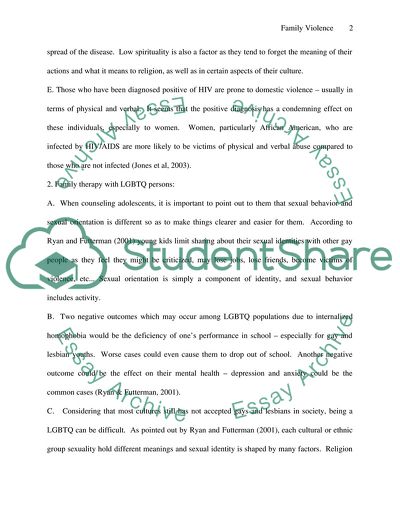Cite this document
(Family Members with HIV/AIDS Assignment Example | Topics and Well Written Essays - 2250 words, n.d.)
Family Members with HIV/AIDS Assignment Example | Topics and Well Written Essays - 2250 words. https://studentshare.org/health-sciences-medicine/1729204-mid-term-exam
Family Members with HIV/AIDS Assignment Example | Topics and Well Written Essays - 2250 words. https://studentshare.org/health-sciences-medicine/1729204-mid-term-exam
(Family Members With HIV/AIDS Assignment Example | Topics and Well Written Essays - 2250 Words)
Family Members With HIV/AIDS Assignment Example | Topics and Well Written Essays - 2250 Words. https://studentshare.org/health-sciences-medicine/1729204-mid-term-exam.
Family Members With HIV/AIDS Assignment Example | Topics and Well Written Essays - 2250 Words. https://studentshare.org/health-sciences-medicine/1729204-mid-term-exam.
“Family Members With HIV/AIDS Assignment Example | Topics and Well Written Essays - 2250 Words”. https://studentshare.org/health-sciences-medicine/1729204-mid-term-exam.


